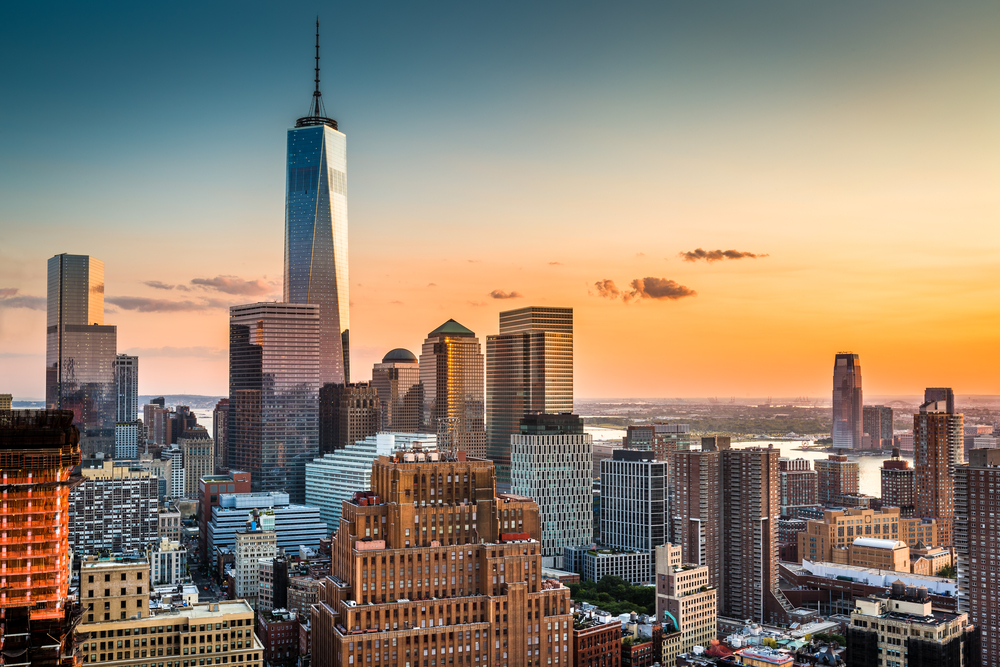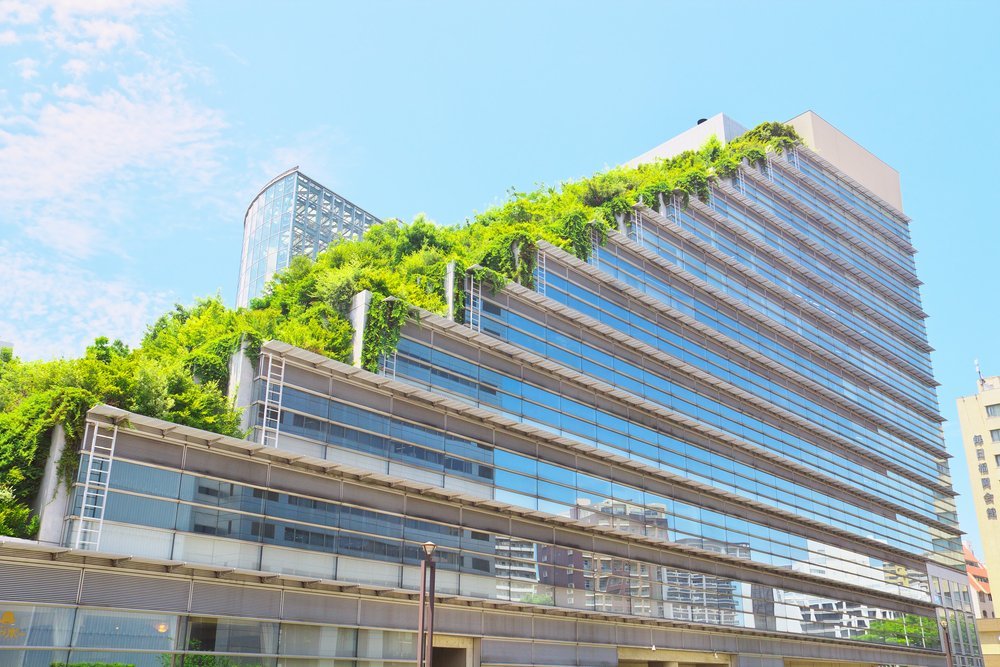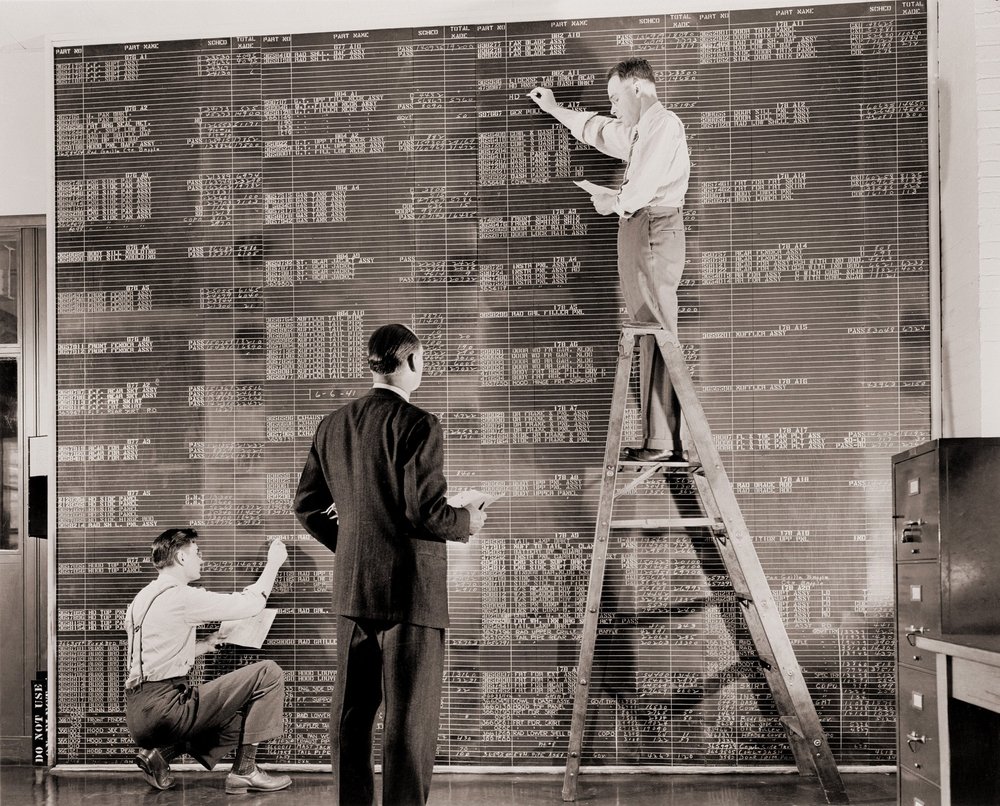
As urban dwellers, our built environment plays a profound role in our engagement with and within our cities. Ranging from a contributor to cancer, obesity and isolation to a promoter of health, active living and community participation, the correlation between the quality of our buildings and the quality of our wellbeing is now well documented. In many ways, the built environment we live in defines whether we are to merely survive or actively thrive within our urban settings.
Voluntary green building measures, such as the US Green Building Council’s (USGBC) LEED certification, have been major catalysts for the global green building movement and a driver for thoughtful human-based design. But beyond human well-being, is there any increased real estate value in pursuing LEED? According to recent studies, the answer is yes.
The Real Estate Market Value of LEED
Conducted by the Global Real Estate Sustainability Benchmark (GRESB), the studies examined over 1.5 billion square feet of LEED-certified space in major US, European and Australian cities. The results showed a definable correlation between a building’s green performance and its market desirability. Along with influencing both resale and leasing indicators, several of LEED’s quantifiable real estate upsides include:
Lease rates increased by as much as 17%
Resale value improved by up to 35%
Occupancy rates improved up to 18%
Operating expenses reduced by as much 30%
Net operating income increased by 6%
Capitalization rates were lower by 50 to 55 basis points
Productivity improved by 6%
LEED—the trend in real estate investment security
Economists from the Wharton Initiative for Global Environmental Leadership (IGEL) predict the market’s appetite for LEED will only continue. Citing mass urbanization as a major driver of the trend, IGEL notes that LEED opportunities will continue for both new construction and retrofits to the vast inventory of inefficient buildings. By 2016, IGEL further predicts the green building industry could climb as high as $200 billion - up from $85 billion in 2012.
With the US market now in recovery, investors are looking for asset-centric, secured real estate investment solutions that offer consistent returns at a reduced risk. In a recent note issued by the GRESB, high performance LEED buildings are driving investor appetite based on their ability to provide both high returns and long-term performance security. The article further highlights numerous impressive LEED investments in recent years, with LEED Platinum and Gold properties topping the list. Several of these include:
300 North LaSalle (Chicago, IL): This 60-storey, 1.3 million-square-foot LEED Platinum office tower sold in 2Q14 for $850 million to the Irvine Company. It was the highest $/SF price in Chicago’s office market history.
800 17th Street (Washington, DC): This 11-storey, 364,500-square-foot LEED Platinum office building sold in 4Q14 to TIAA-CREF and Norges Bank Investment Management. It was the highest $/SF ever in the DC office market.
1800 Larimer Street (Denver, CO): This 495,500-square-foot LEED Platinum office building sold in 2011 for a then-record breaking $430/SF to Invesco Real Estate Advisors. (The company broke its own record in 1Q15 by purchasing 1515 Wynkoop Street, a 295,200-square-foot office developed by Hines that has achieved a 95 or higher Energy Star score five years running, for $544/SF.)
Today’s real estate investors are hungrier than ever to secure assets with strong risk mitigation practices in place. Asset-centric practices, such as LEED, that demonstrate a tangible alignment with the long-term value interests of investors will likely continue to define the lucrative builds within real estate.
Photo: Mandritoiu/Shutterstock

 Share on Facebook
Share on Facebook

